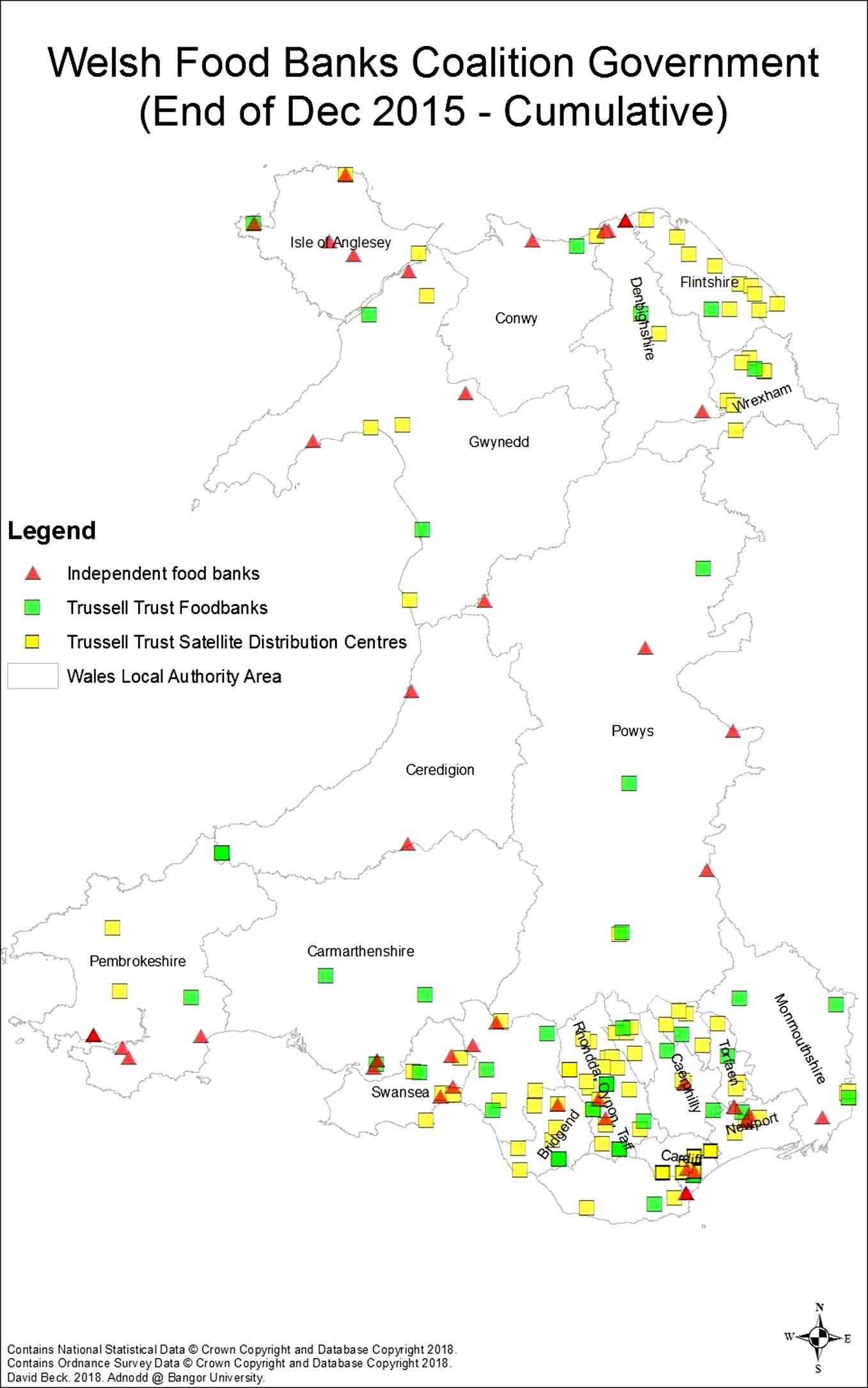This mini-series is a long-form blog based on a chapter written for an edited book: Diversity and Welfare. Original citation: Beck, D., & Gwilym, H. (2024). Neoliberalism, division and austerity: precarity and hunger in the UK. In Gregory, Lee, and Steve Iafrati (eds) Diversity and Welfare Provision (pp. 60-77). Policy Press.
Part 3: Austerity Measures and Their Consequences
In the previous blog posts, we explored the rise of neoliberalism and its impact on social class and inequality. This post delves into the austerity measures implemented in the UK post-2010, examining their profound consequences on society, particularly the most vulnerable members. By understanding the effects of austerity, we can better advocate for comprehensive policy changes to address these issues.
We understand austerity as a set of economic policies aimed at reducing government deficits through spending cuts, tax increases, or a combination of both. As we discuss in our chapter, austerity policies inflicted by the UK government post-2010 have been devistating. However, they are normally justified by centre-right governments as necessary responses to finacial deficits, often implemented in response to financial crises to restore fiscal stability. Typically, they include spending cuts reducing government expenditure on public services and welfare programmes, tax increases on the poor and ideological financial literacy around fiscal discipline, emphasising the importance of balanced budgets and reducing public debt.
Implementation of Austerity in the UK
The UK government implemented austerity measures in response to the financial crisis of 2008. The Coalition government, led by Prime Minister David Cameron and Chancellor George Osborne, introduced a series of spending cuts and tax increases aimed at reducing the budget deficit. Most seriously was the introduction of the Welfare Reform Act 2012, which aimed to radically alter the ways in which we understand welfare (once known as ‘Social Security’). It di this by introducing changes to the welfare system, including the introduction of Universal Credit and the benefit cap.
Along side this came the Spending Review 2010 which brought significant cuts to public spending, including reductions in welfare benefits, local government funding, and public sector pay. To make matters worse, the government also introduced public sector cuts and deep cuts to public services, including healthcare, education, and social care. As we can see - this is austerity in action!
The story so far
Austerity measures have had a profound impact on public services, leading to underfunded and overstretched services. for example, cuts to the UKs NHS funding have resulted in longer waiting times, staff shortages, and reduced access to services, and deeply influenced the vote on membership of the European Union and the decision to leave the EU a couple of years later. The story continues with discussions around deep-routed issues in our social care sector - with cuts to social care funding having left many vulnerable individuals without the support they need, leading to increased reliance on informal care and charitable organisations.
Issues were also felt at the early-end of life as in schools we saw reductions in education funding leading to larger class sizes, fewer resources, and increased pressure on teachers.
However, for my work, and my interest on the rise of food insecurity, food banks and other charitable food organisations, I charted the rise of food banks across Wales for my PhD, and published extensively on this since. As I identified, one of the most visible consequences of austerity has been the rise in food insecurity and food banks as an inadequate response. The reduction in social security support has resulted in increased reliance on food banks and charitable aid.
Food Charity, Food Aid and Food Insecurity
As I argued in my PhD thesis, and in the chapter under discussion here, there has been an increase in food bank usage as the number of people forced to rely on charitable food banks increased dramatically, with many families unable to afford basic necessities.
Yet, as we also know, there has been a profound impact on Children where food insecurity has had a particularly severe impact on their health, development, and educational outcomes. In this we challenge the role of charitable organiations where they have been forced to step-in to fill the gap left by cuts to social security, providing essential support to those in need.
There are also profound impacts wider than this. Issues in health inequalities caused by austerity have exacerbated, with the most disadvantaged communities experiencing the worst health outcomes across key indicators, such as on mental health outcomes - leaving many individuals without the support they need, leading to increased rates of mental health issues; Chronic health conditions on the increase particularly among those living in poverty. Obviously, this will inevitably lead to lower life expectancy between the richest and poorest communities as it begins to widened. All of which serve to highlight the impact of austerity on health inequalities.
Theoretical Framework
To understand the impact of austerity on society, it is essential to consider the theoretical frameworks that underpin the analysis of class and inequality. Two key concepts are Bourdieu's habitus and Standing's precariat.
Bourdieusian Habitus: Pierre Bourdieu's concept of habitus refers to the deeply ingrained habits, skills, and dispositions that individuals acquire through their life experiences. These dispositions are shaped by social structures and cultural norms, and they influence how individuals perceive and respond to the world around them. Bourdieu identifies three forms of capital that contribute to social inequality: economic capital (financial resources), cultural capital (knowledge, education, and cultural assets), and social capital (networks and connections).
Standing’s Precariat: Guy Standing introduces the concept of the precariat, a new social class characterized by insecurity and lack of employment-based identity. The precariat is distinguished by precarious work conditions, lack of job security, and limited access to social protections. This class is seen as a product of neoliberal policies that prioritise flexibility and competitiveness over stability and security.
To illustrate the impact of austerity, we can examine specific case studies that highlight the experiences of individuals and communities affected by these measures. Key examples include:
Universal Credit: The introduction of Universal Credit has been widely criticized for its impact on low-income families, with many experiencing delays in payments and reductions in support.
Local Government Cuts: Cuts to local government funding have led to the closure of libraries, youth centers, and other community services, leaving many communities without essential support.
NHS Funding: Reductions in NHS funding have resulted in longer waiting times, staff shortages, and reduced access to services, particularly in disadvantaged areas.
Clearly austerity measures have had a profound and far-reaching impact on society, particularly on the most vulnerable members. The principles of spending cuts, tax increases, and fiscal discipline have led to underfunded public services, increased food insecurity, and exacerbated health inequalities. Understanding the consequences of austerity is crucial for advocating for comprehensive policy changes to address these issues.
In the next blog post, we will explore the concept of the precariat and the impact of food insecurity during the COVID-19 pandemic. By examining the challenges faced by the precariat, we can better understand the need for policies that promote social justice and reduce inequality.










